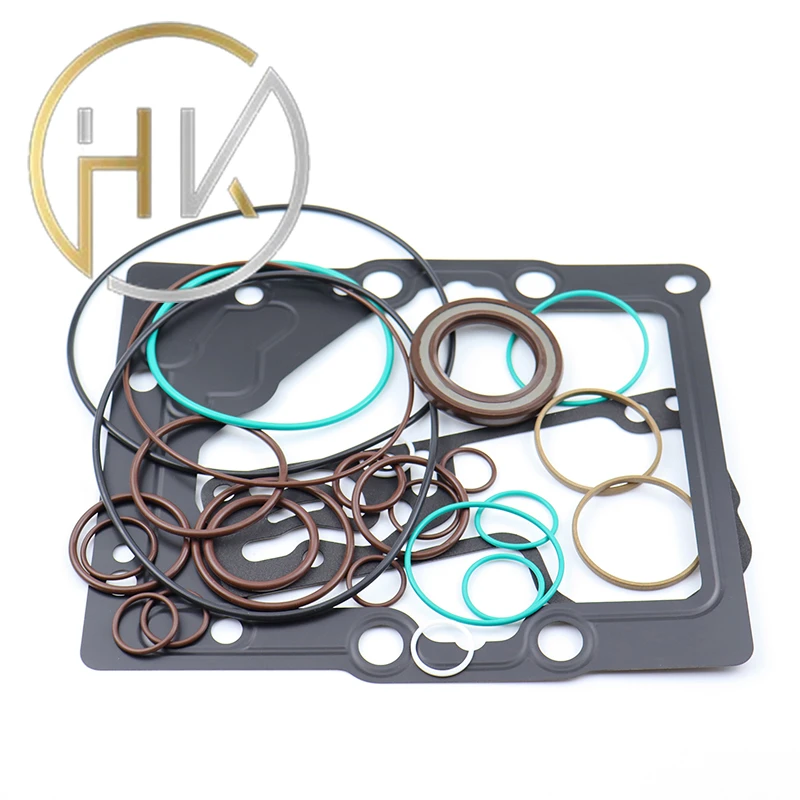Oct . 12, 2024 17:49 Back to list
wheel hub oil seal
Understanding Wheel Hub Oil Seals Importance and Maintenance
Wheel hub oil seals play a crucial role in the overall functionality and longevity of a vehicle's wheel assembly. Often overlooked, these small yet vital components help maintain the integrity of the wheel hub, ensuring that the mechanical parts inside remain lubricated and protected from dirt, dust, and moisture. In this article, we will explore the importance of wheel hub oil seals, their functions, common problems associated with them, and best practices for maintenance.
What is a Wheel Hub Oil Seal?
A wheel hub oil seal is a circular component made from rubber or other synthetic materials, designed to fit snugly around the hub of the wheel. Its primary function is to prevent lubrication oil from leaking out of the wheel hub assembly while also keeping contaminants like dirt and water from entering. Essentially, it acts as a barrier, creating a secure environment for the bearings and other moving parts within the hub.
Importance of Wheel Hub Oil Seals
1. Lubrication Retention The primary duty of oil seals is to retain the lubricant within the wheel hub. This lubrication is essential for reducing friction and wear on the bearings, leading to smoother wheel rotation and improved overall performance.
2. Contaminant Protection By preventing dirt, dust, and moisture from infiltrating the hub assembly, oil seals help protect the bearings and other important components from corrosion and premature wear.
3. Safety A functional wheel hub oil seal contributes to vehicle safety. If the lubrication is lost due to a damaged seal, it can cause bearings to overheat and fail, which may lead to brake issues or even wheel detachment, posing significant risks on the road.
wheel hub oil seal

Common Problems and Signs of Wear
Over time, wheel hub oil seals can wear out due to exposure to heat, pressure, and various road conditions. Common signs of a failing oil seal include
- Leakage If you notice oil dripping from the wheel assembly, it is a strong indication that the seal may be compromised. - Increased Noise A failing oil seal can lead to increased friction, resulting in unusual noises coming from the wheel area, often described as grinding or whining. - Excessive Heat If the temperature of the wheel hub is higher than normal, it may be a sign that lubrication is failing due to a damaged seal.
Maintenance and Replacement
Regular maintenance is key to extending the life of your wheel hub oil seals. Here are a few tips
- Routine Inspections Periodically check for signs of leaks or wear during regular vehicle maintenance services. - Immediate Replacement If you suspect that an oil seal is damaged, it’s essential to replace it promptly to avoid further damage to the wheel bearings and other components. - Quality Seals When replacing oil seals, choose high-quality parts suitable for your vehicle, as inferior seals may not provide adequate protection.
In conclusion, while wheel hub oil seals may not be the most glamorous part of your vehicle, they play a vital role in ensuring safety and performance. Regular checks and timely replacements can save significant costs and enhance the longevity of your vehicle.
-
Unlocking the Potential of Hydraulic Systems with Essential Sealing Solutions
NewsAug.06,2025
-
Unleash the Power of Your Hydraulic Systems with Our Premium Seal Kits
NewsAug.06,2025
-
Specialized Hydraulic Seal Kits for Breakers, Pistons, and Presses
NewsAug.06,2025
-
Revitalize Hydraulic Systems with Premium Repair and Seal Kits
NewsAug.06,2025
-
Fortify Your Cylinders with Premium Sealing Solutions
NewsAug.06,2025
-
Elevate Hydraulic System Reliability with Specialized Seal Kits
NewsAug.06,2025
-
TCN Oil Seal Metal Ring Reinforcement for Heavy Machinery
NewsJul.25,2025
Products categories
















